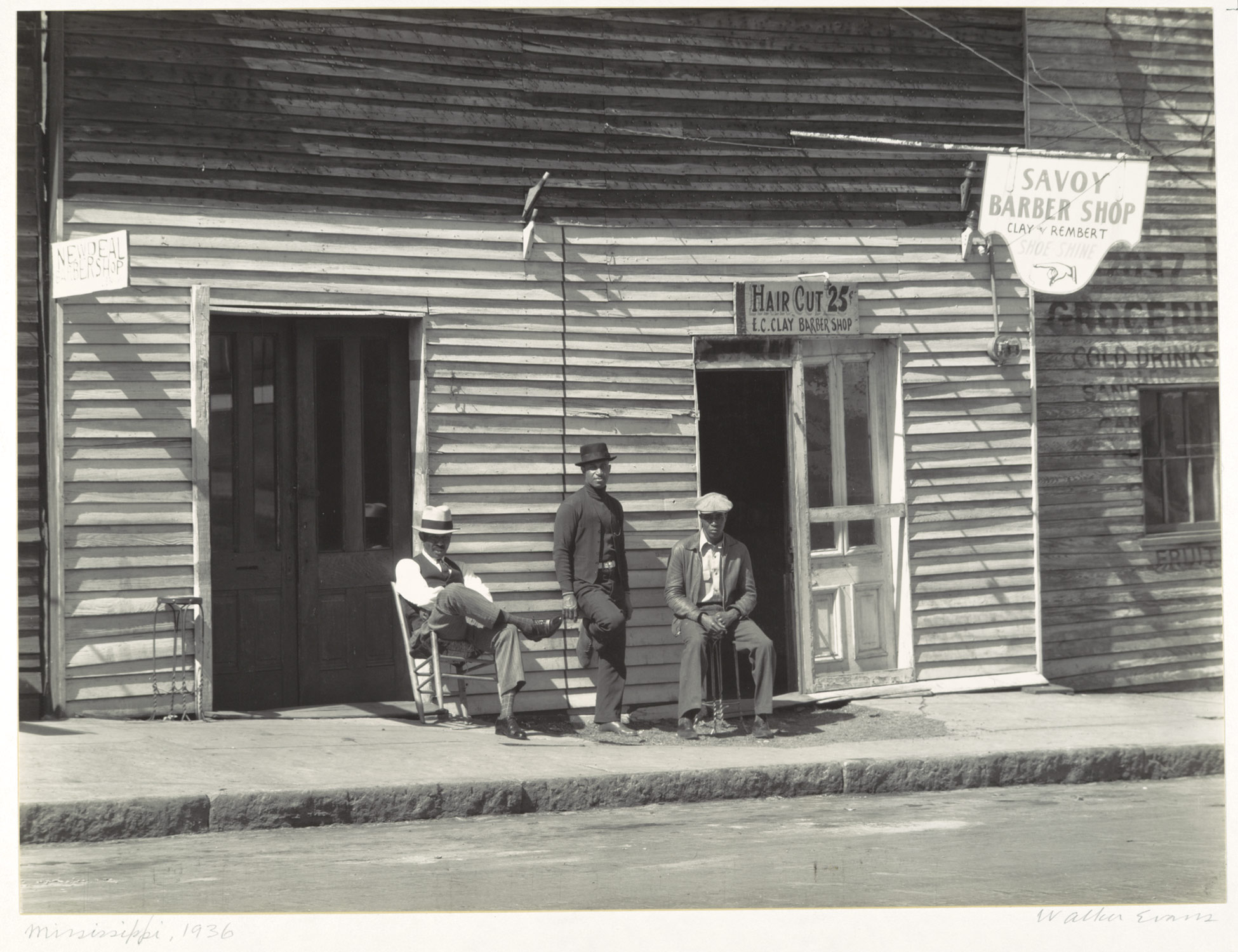Doug Rickard uses Google street view to make people take a closer look at the poverty struck areas that are still around in America. Rickard searches through the streets through the eyes of Google's street view camera, and takes a pictures of the already made snapshot. He places is camera facing the computer screen and carefully re-photographs the image that is on his screen.
'The
pictures that I chose don’t really have a strong feeling of spying; the
pixilation and the broken elements actually emphasize the subtext and the
emotion that I wanted to impart, which was America in a devastated form, almost
the inverse of the American dream. The aesthetic that I used heightens that
sense'. this a quote from Rickard of which Time Lightbox used in their article:- Street View and Beyond: Google’s Influence on Photography. http://lightbox.time.com/2012/10/24/street-view-and-beyond-googles-influence-on-photography/#1
When looking at his images I look back and this quote and feel it makes a lot of sense. The use of pixilation and broken elements, as Rickard says, really emphasises the concept of his work. He is looking at run down, poverty struck neighbourhoods, and I feel that the use of pixilation adds to the devastating areas you see via these images. It makes they images look more like the area itself, a worn, decaying feeling; a feeling of brokenness by poverty.
His images are very similar to the work of Walker Evans and Robert Frank; who both documented the poor, and division of race and class. The images are very much real life, a documentary of how things were in the time of when the image was taken. Frank was very much influenced by Evans and Rickard has shown relavance in his own work that he has been influenced by both of these photographers.
http://www.metmuseum.org/toah/images/hb/hb_1999.237.1.jpg
http://iconicphotos.files.wordpress.com/2012/02/robert-frank_trolley-new-orleans_1955.jpg?w=700&h=455

Walker Evans
Robert Frank
http://www.metmuseum.org/toah/images/hb/hb_1999.237.1.jpg
http://iconicphotos.files.wordpress.com/2012/02/robert-frank_trolley-new-orleans_1955.jpg?w=700&h=455
Walker Evans
Robert Frank
https://www.youtube.com/watch?v=fwLHc4vCcdQ
This video shows Doug Rickard explaining what his work is all about and how he achieves it. To find the streets that he need he uses Martin Luther King's name find these derelict areas.
'MLK is just a massive symbol of hope, and I'm using him to locate where there is little hope' Rickard says in the video. I think the concept of using a symbol of hope to find those who have none is a very smart idea, it almost contradicts everything that Martin Luther King stood for and pulls out the major issue that things have not changed.
The reason for looking further into the poverty stricken America is due to Rickard background. On the video he says that his father very much idealised America, but whilst studying civil right and slavery he was very much affected an American story that was very much different to how he had seen his country.
http://www.newyorker.com/online/blogs/newsdesk/%2382.948842,%20Detroit,%20MI%20(2009),%202010%20(large).jpg
,%202010%20(large).jpg)
http://www.blackflash.ca/wp-content/uploads/2011/10/Picture-21.png
I feel his images bring out a very derelict, almost isolated feeling. The streets feel very empty, even when there is presence of people in the photograph. As a viewer you are very much emotionally connected to the space that is shown, a feeling of isolation consumes you and me as a viewer feel very anxious. Although this is normal living environments for these people, you sense the isolation from the world around; is feels very closed and separate from other American areas that are more wealthy. The image at the bottom shows this isolation a lot more clearly; as a boy cycles past boarded up housing as though it is very normal for him. I feel the fact that this is very much real life, makes us as a viewer feel horrified that people can still live in the state of poverty.
What really strikes me about Rickard's work is his method to find these area's. By using Martin Luther King's name, a symbol of hope for Black Americans, he was able to find the most poverty stricken areas of America. 'I have a dream that one day this nation will rise up and live out the true meaning of its creed: "We hold these truths to be self-evident: that all men are created equal."' is part of King's speech he made in 1963. I feel that the dreams that he has is very much evident in these images that it has not happened.
Rickard's work is described as social documentary photographer, although his work consists of street work. I feel, for many photographers I have looked at there is a cross over between whether they are documentary photographers or street photographers. I will look into this more through my blog.


No comments:
Post a Comment